You know how we used to think wild animals lived out there—in the woods, on Animal Planet, or maybe behind a zoo fence? Yeah, not anymore. These days, suburbia is looking less like a sleepy cul-de-sac and more like the opening scene of a nature documentary. You’re sipping coffee on the porch while a coyote trots past like he’s late for brunch. There’s a raccoon in your trash, a deer in your garden, and something definitely screaming in the backyard at 3 a.m. (probably a fox, but let’s pretend it’s a banshee for vibes).
As cities expand and green spaces vanish, animals aren’t retreating—they’re moving in. They’ve got tricks, they’ve got territory, and they’re not paying a dime in property taxes. From sneaky squirrels to territorial turkeys, these wild neighbors are turning the suburbs into their personal playground. So grab your binoculars and maybe rethink that bird feeder—it’s time to meet the unexpected wildlife that’s putting the wild back in your neighborhood.
1. Coyotes: The Night Shift Neighborhood Watch
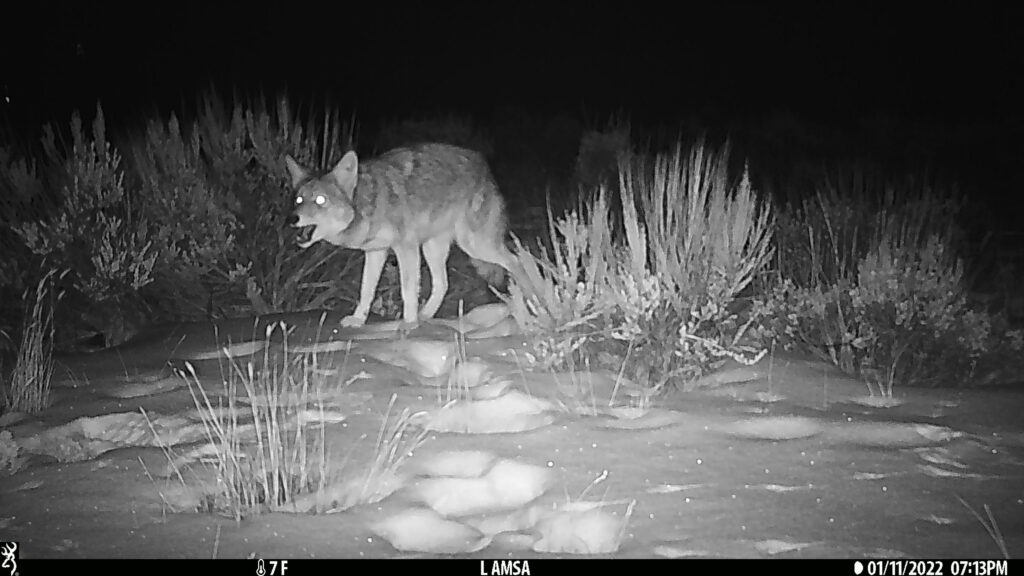
If you’ve heard yipping after dark and thought, “Gee, someone’s dog is having a moment,” surprise! It’s probably a coyote. These urban-savvy canines have been creeping into suburban areas for decades, but lately, they’ve gotten really comfortable. According to The Washington Post, coyotes now live in nearly every major U.S. city—and their numbers in suburbs are on the rise.
They’re smart, stealthy, and opportunistic, dining on everything from rodents to pet food left on porches (yes, they will absolutely swipe your cat’s dinner). Some even use sidewalks like hiking trails and have learned to avoid peak human hours like seasoned commuters. Their adaptability is impressive—but also a little unsettling. Pet owners, keep those leashes short and those snacks indoors. Coyotes aren’t typically aggressive toward humans, but small pets are fair game. And once they’ve made themselves at home, eviction is… tricky. Let’s just say the HOA doesn’t cover this one.
2. Deer: The Unofficial Lawn Maintenance Crew (That Eats Everything)
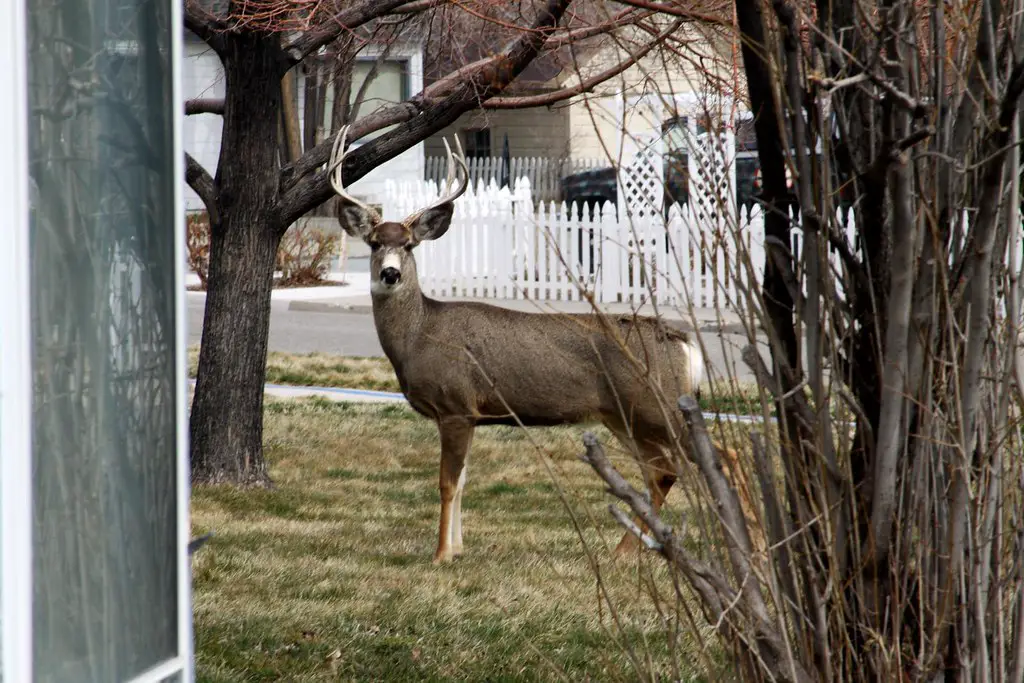
Deer may look majestic and Bambi-esque, but your tulips know the truth: they’re relentless garden assassins. With fewer predators and a smorgasbord of well-kept suburban landscaping, deer are thriving in neighborhoods from New Jersey to California. And no, they are not scared of you—or your sprinkler system.
According to NPR, the surge in suburban deer populations is causing not just garden grief but also rising car accidents and tick-borne disease concerns. They graze with abandon, sleep in front lawns, and occasionally crash through windows (yes, really). Some towns have turned to birth control programs or managed hunts, which are exactly as controversial as they sound. Still, it’s hard to stay mad when they do that little ear flick thing. Just maybe don’t plant any hostas this year—or ever again. Deer see your landscaping as a buffet, not a boundary.
3. Raccoons: The Masked Menace of Trash Day
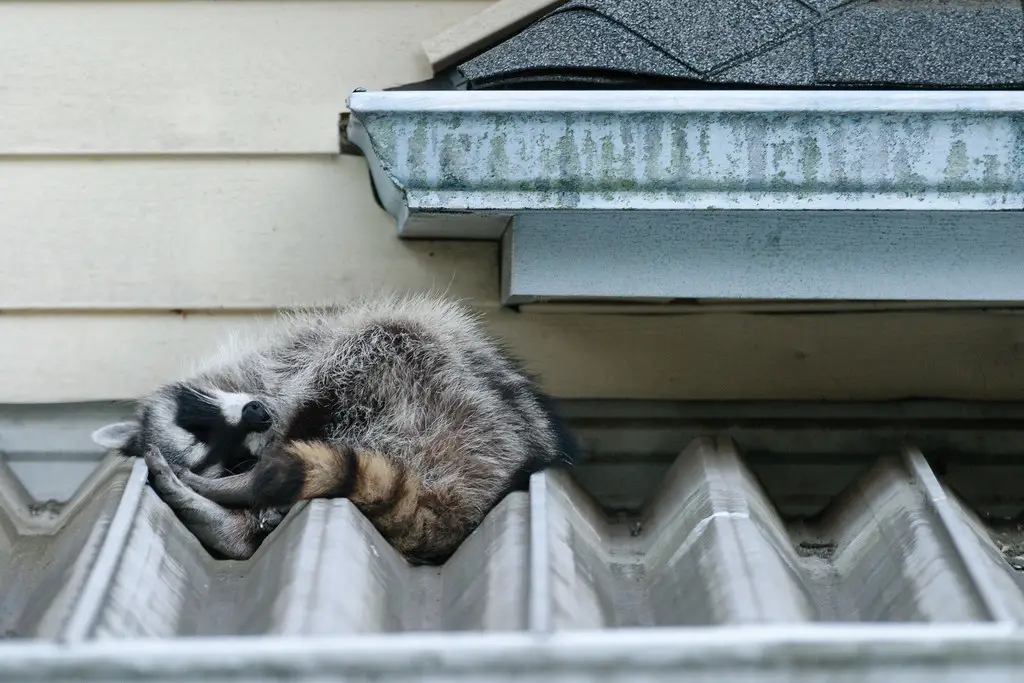
You’ve probably already met this furry bandit, usually halfway through tossing your recycling bin like it’s a piñata. Raccoons have gone full suburban raccoons-gone-wild, turning garbage night into a sport and becoming increasingly bold around humans. Per The New York Times, these critters are adapting at a shockingly fast pace—not just surviving, but thriving.
Researchers have found that city and suburban raccoons solve puzzles more effectively than their rural cousins (because they have to work for that leftover pizza). They can open latches, untwist caps, and remember food locations for weeks. Think of them as tiny, trash-loving engineers. While they look cute, they can carry diseases like rabies, and their poop is basically a biohazard. Secure your bins, folks, or prepare for a surprise cleanup. And don’t even think about feeding them—they will invite their cousins.
4. Wild Turkeys: The Original Angry Birds
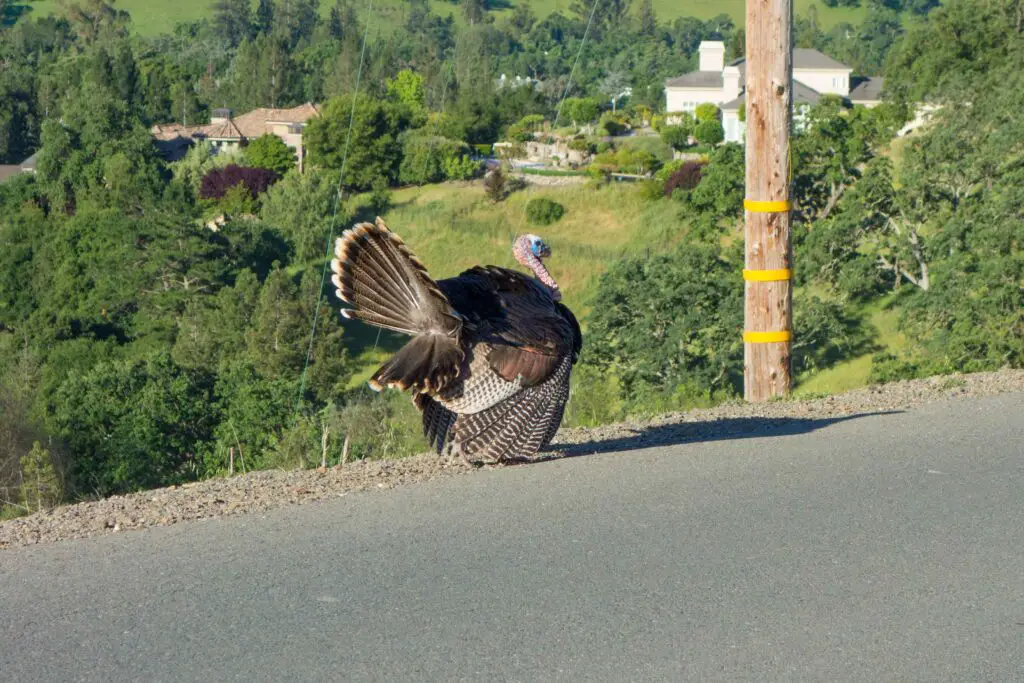
Wild turkeys have made an epic comeback—and they’re not shy about it. These feathered bruisers have been spotted strutting through suburban streets, blocking traffic, and occasionally chasing mailmen. No longer just a Thanksgiving centerpiece, wild turkeys are becoming unexpected power players in suburban ecosystems.
As Smithsonian Magazine reports, their population has exploded due to successful conservation efforts and plentiful food sources in residential areas. They’re especially fond of bird feeders, gardens, and soft lawns perfect for pecking and dust-bathing. The problem? They’re territorial, kind of aggressive, and very loud at 5 a.m. They’ve even been caught staring into car mirrors and pecking at their own reflections like they’re squaring up for a fight. While technically harmless to people, their confidence is off the charts. Consider them the HOA’s least invited guest.
5. Opossums: Suburbia’s Unexpected MVPs

Let’s get one thing straight: opossums are not rats. They’re misunderstood, marsupial icons who are slowly winning the hearts of suburbanites everywhere. With their creepy-cute faces and tendency to play dead when startled, they’re surprisingly chill backyard visitors.
According to National Geographic, these night-crawlers actually do a lot of good—they eat ticks, roaches, and even venomous snakes. They’re like nature’s pest control team, minus the invoice. And while their zombie-like freeze reaction may look terrifying, it’s really just top-tier anxiety. They’re also resistant to rabies and not nearly as dirty as people assume. So if you see one waddling along your fence line, maybe give it a little nod of respect. They’ve earned their spot in the suburban animal hall of fame—and they didn’t even have to fight a raccoon for it.
6. Skunks: The Scented Surprise Lurking by the Shed
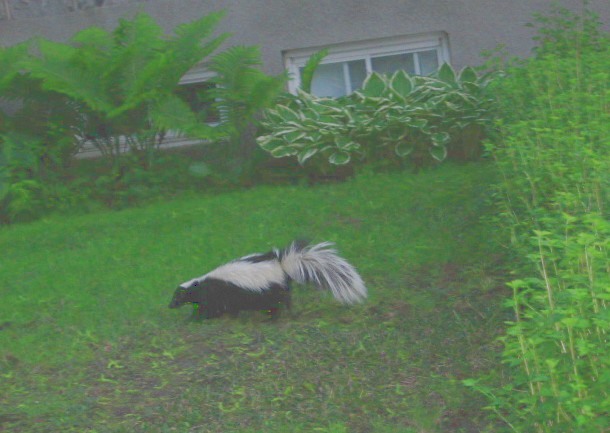
Skunks have found suburbia to be the ultimate Airbnb. Quiet yards, plenty of bugs to snack on, and a few overturned trash cans? Paradise. These stripe-tailed stink machines tend to keep to themselves, but the moment your dog gets curious—BOOM—it’s tomato bath time.
Skunks are mostly nocturnal, so your odds of bumping into one increase dramatically after sundown. They love to den under decks, sheds, and porches, and they’re shockingly polite houseguests until startled. Unfortunately, their defense mechanism doubles as a suburban horror story. One misstep and the whole block smells like burnt tires dipped in onions for days. Removing them? Not easy. Skunks are protected in some areas, so relocation requires special permits. Also, good luck getting a pest control team that wants to deal with one. Better to keep those crawlspaces sealed and hope your golden retriever doesn’t go full hero mode.
7. Hawks: The Sky’s Version of a Homeowner’s Association
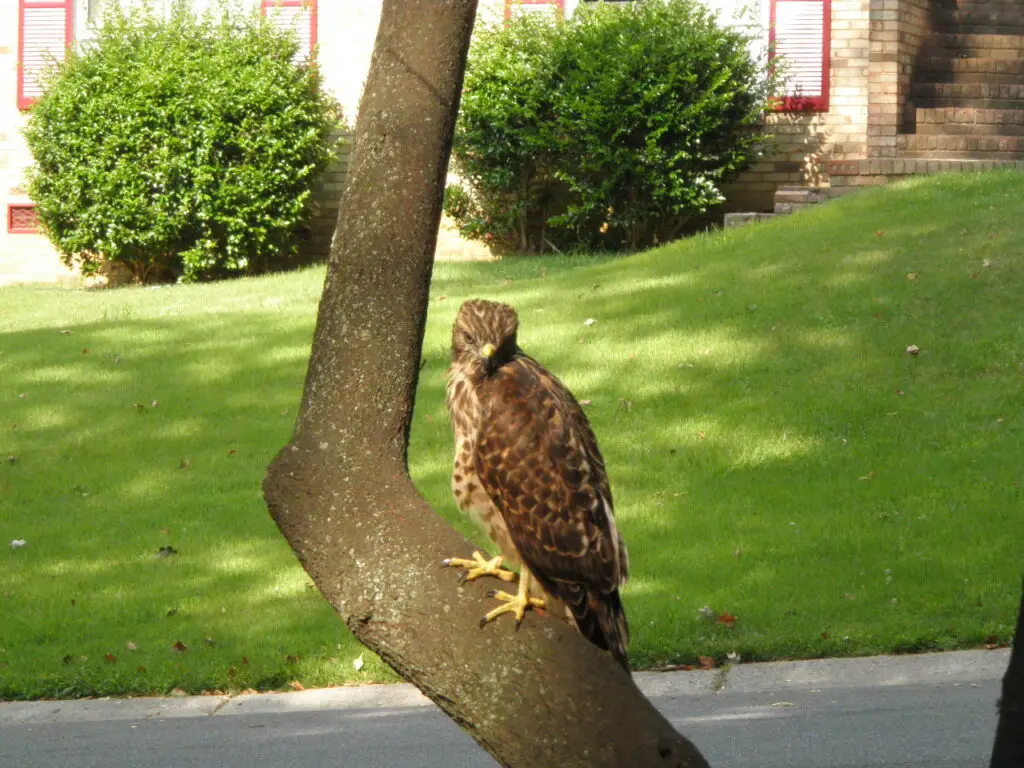
Once rare in suburban skies, hawks are now regular aerial patrol units circling your neighborhood like feathered drones. And they’re not just flying through—they’re nesting, watching, and occasionally snatching unsuspecting rodents (or your neighbor’s chihuahua, if it’s under 6 pounds). These raptors have adapted to open spaces, tall trees, and the endless buffet of squirrels and rabbits suburbia serves daily.
You’ll often spot them perched majestically on telephone poles, looking like they’re judging your recycling habits. They help control pests, sure, but they also give off strong “final boss” energy. People report seeing them swoop into yards like it’s a nature documentary with zero warning. And while they’re protected under federal law, they’re not above glaring at your bird feeder like it owes them money. If you hear high-pitched shrieking from above, that’s not a kid—it’s a hawk claiming air rights. Pet owners beware: that tiny Yorkie with a bow in its hair might look like prey. Hawks don’t care about Instagram followers. They only care about dinner.
8. Black Bears: Just Here for the Snacks
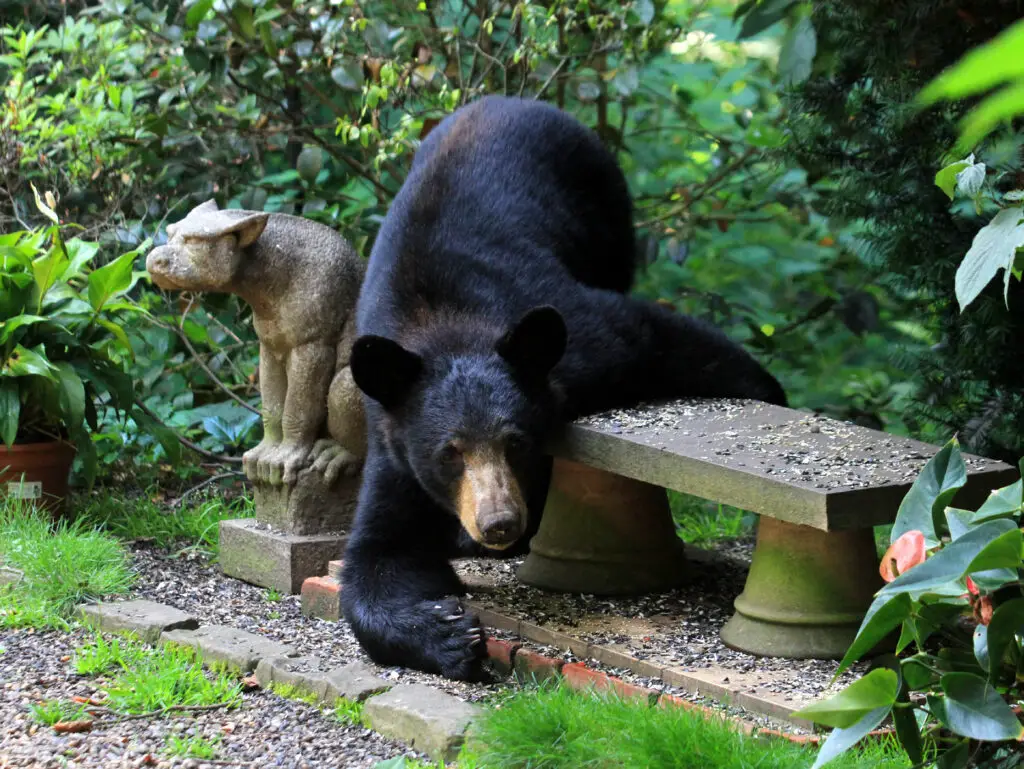
Yep, even black bears are getting in on the suburban action. With habitats shrinking and garbage cans multiplying, some bears have decided to ditch the woods and move closer to us. They mostly show up in mountain-adjacent towns, but their range is spreading faster than a neighborhood rumor.
They’re smart, curious, and absolutely relentless when there’s a whiff of leftover barbecue ribs or an unsecured compost bin. Bears have been caught on security cams opening car doors, strolling through garages, and doing a little fridge raid like it’s a sleepover. They’re surprisingly agile climbers too—fences won’t stop them, and neither will your motion-activated lights. Most aren’t aggressive, but they are large, and confrontation is a terrible idea. Bear-proof bins help, but they often feel more symbolic than effective. Once a bear finds food, it remembers the spot like it’s bookmarked in Yelp. The real solution? Don’t give them a reason to stay. Because if a bear moves in next door, the HOA will probably just put out a fruit tray.
9. Foxes: The Sneaky Freelancers of the Suburbs
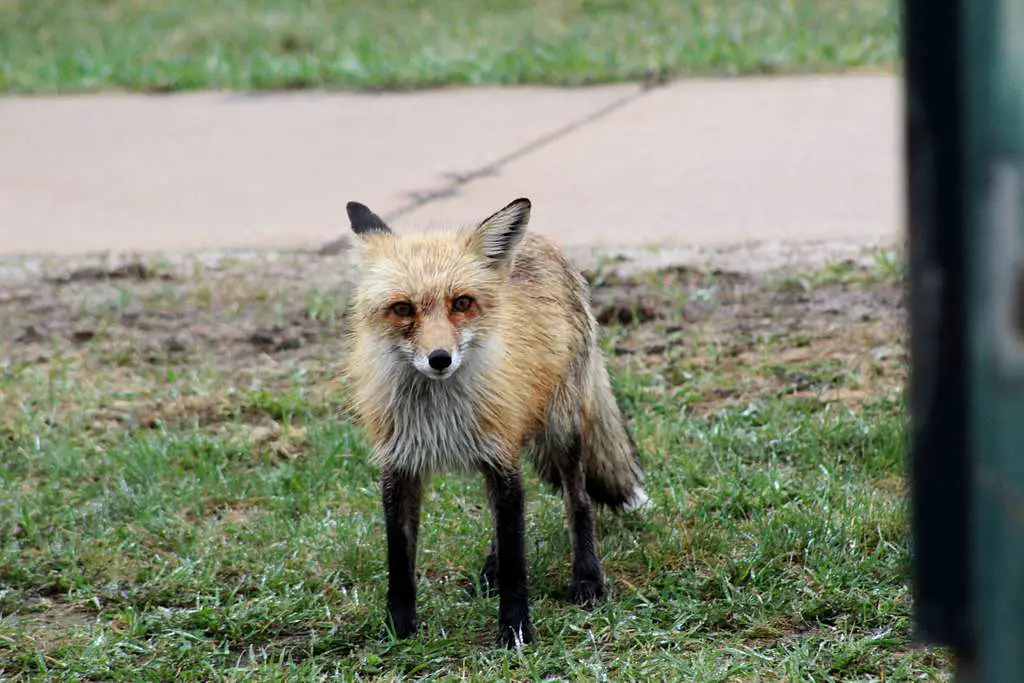
Foxes are nature’s introverted tricksters. They sneak through neighborhoods at dawn and dusk, barely making a sound, like tiny red ninjas with fluffy tails. Once primarily rural dwellers, foxes now den under backyard sheds and even in cul-de-sacs with less foot traffic.
They’re not here to cause chaos—just to raise a family, grab a squirrel, and maybe moonlight as your dog’s mysterious nemesis. Their adaptability is impressive, and they’ve learned to live in our shadows without drawing too much attention. Occasionally you’ll spot them carrying a shoe like it’s a prize from a backyard heist. While they’re rarely dangerous to humans, they’re bold around food and curious about small pets. Their nighttime yips can sound downright spooky if you don’t know what’s making them. But let’s be honest—most of us just want to pet them (don’t). Foxes are here, they’re fabulous, and they’re not paying rent. Welcome to suburbia’s secret society.
10. Squirrels: The Unofficial Mascots of Every Neighborhood

Squirrels have been in suburbia so long, we forget they’re technically “wild” animals. They treat power lines like tightropes, raid every bird feeder in a five-mile radius, and taunt dogs from just outside leap range. But their recent glow-up? It’s in numbers, not charm.
With fewer predators and endless food options, squirrel populations have boomed in residential areas. And they’re not just content with trees anymore—they’ve moved into attics, chimneys, and soffits like squatters with bushy tails. You’ll hear them in the walls, chewing wires and dragging acorns into HVAC vents like they’re prepping for winter and the apocalypse. Once inside, they’re nearly impossible to evict without professional help. They’re cute, sure, until your lights start flickering and the insulation smells like squirrel pee. Add their obsessive drive to bury everything and you’ve got a furry tornado of chaos. Honestly, they run this town. We’re just the renters.
11. Canada Geese: Loud, Proud, and Not Leaving

Canada geese used to be migratory. Now they’re more like permanent residents who skipped the whole “fly south” memo. Thanks to warm winters and man-made ponds, these honking hooligans have decided suburban golf courses and retention ponds are the place to be.
And wow, do they make their presence known. They travel in squawking posses, leave goose-poop minefields wherever they roam, and will absolutely chase you if you get too close. These geese are bold—some say rude—with zero sense of personal space. Trying to walk your dog near a nesting pair? Prepare to be hissed at like you just insulted their mother. They block roads, nap in parking lots, and claim public parks like feathered landlords. Don’t even think about shooing them—they’re federally protected and totally aware of it. Geese are here to stay, and honestly, they know it’s your schedule that needs adjusting.

